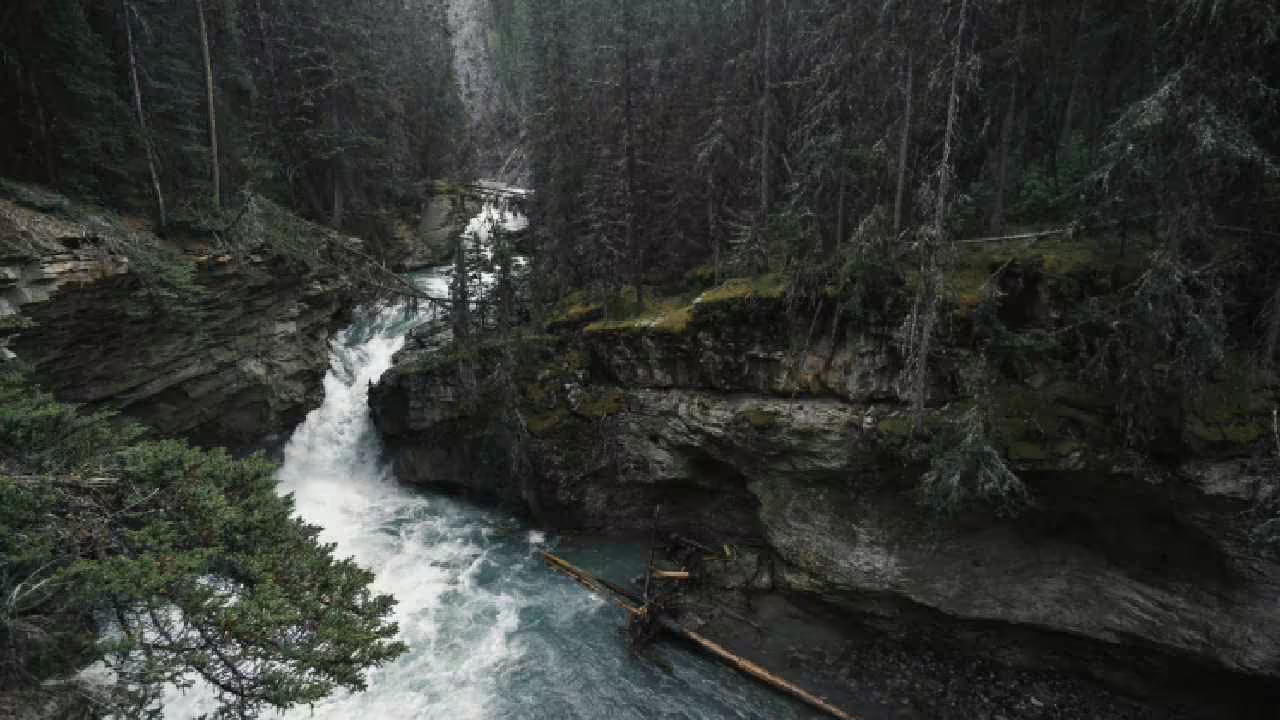What exactly are the odd circles sometimes seen on weather maps?
isobar: an imaginary line or a line on a map or chart connecting or marking places of equal barometric pressure
isobar. (n.d.). In Merriam-Webster Dictionary. https://www.merriam-webster.com/dictionary/isobar
Winds travel counterclockwise around a low and clockwise around a high. As they are “squeezed” and forced together, the isobars become closer, and winds strengthen. This can help determine where the line of storms will develop and their path. We follow the Jet Stream located at 18,000’ (upper jet stream) to determine where the lows and highs will go and where they will develop.
We will see little “bulges” that pop out of an isotherm line to see where an area where concentrated winds from a particular direction will be and where a possible area of severe weather may form. This is called a jet max or jet bulge. Imagine if you had south winds and a jet max with winds from the east running over you… You would get veering winds, which could help rotate storms into mesocyclones and supercells.
Isobars and pressure lines are critical for forecasting, and much can be determined just by a glance at the lower and upper air maps showing them.
An analogy:
Think of the air at 18,000’ like a river of air. Some parts of the river run fast, while others run slow. This is why we look at isobars at those levels to see “speed” and the direction of the river. Imagine throwing a log into the river (Low or Storm system). We know precisely where that log will go and how fast it will go down the river by looking at the isobars and the speed of the winds at 18,000’ (500mb chart).
~ Jim Sublette - MW Plains Reginal Director

